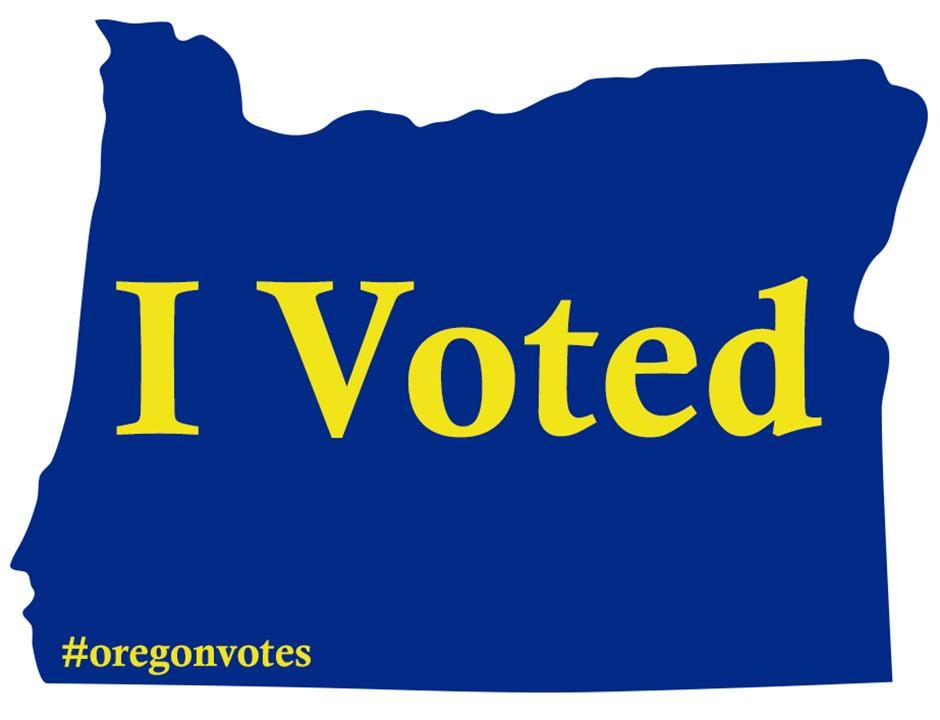https://ourworldindata.org/data-insights/almost-all-livestock-in-the-united-states-is-factory-farmed
Estimates are still quite high globally too. Around 94% of all globally farmed animals are factory farmed. 74% of all farmed land animals are factory farmed and virtually all farmed fish
100% of farmed fish, too? Get outta town!
It’s a tautology: of farmed fish, 100% are farmed.
The factory farming definition they use is more specific than that. It’s based on the numbers per location
Treat that more as a rounded figure since data is less precise on fish. Anything that’s not at that density would a rounding error at most. The densities of farmed fish are truly insane - usually far above the already high densities you see for land animals. The high level of concentration is not only terrible for the fish themselves, but also leads to huge pollution. Putting an unnaturally high count of fish in one area heavily concentrates their output
Parasite and disease rates are also super high. High usage of antibiotics in fish farming also lead to stuff like antibiotic resistance
I could keep going, but instead I’ll just show some photos of the absurd densities:



deleted by creator
Since you asked that made me actually reverse image search it to double check it was originally where I thought it was from. It was not, and now I am not sure where exactly it’s originally from. The oldest version I found was from a blog from 2008, but on that post the file metadata says the photo was from May 11th, 2004

yeahhh between the zizians and the fertility clinic bomber, at this point if I run into a vegan that’s not a communist/anarchist I’m going to be suspicious
Both vegans who don’t support leftism and leftists who don’t support veganism where possible are a bit of a head scratcher to me. Youre pro equality and against suffering, but only if the suffering party thinks, communicates and/or looks a certain way? I don’t get it.
I’m for equality of people
Genuinely, can you explain what’s the morally relevant difference between people and non people animals?
it’s been ages since I’ve seen someone trot out “name the trait” or ntt, so forgive me if I’m a bit rusty.
ntt is a form argument that devolves to the spectrum fallacy or line drawing fallacy. basically, it is clear that humans have a set of traits, and chickens have a set of traits, and we can create a human-chicken spectrum. being unable to point to which part of the spectrum you go from human to chicken or vice versa, being unable to draw a line, does not negate the fact that people are not chickens and chickens are not people.
so I won’t be answering your direct question
That isn’t what the question is. The question is, which of the many trait differences is morally relevant?
as I said, I won’t be answering your question. it’s a fallacious line of reasoning.
Not the person you are replying to, but that’s not what the point of the name the trait question is about. It is not about distinguishing between species
Why are humans morally considered is not asking why humans are human. Asking why one doesn’t morally consider chickens is not asking why chickens are chickens
It is about distinguishing between what matters to ethics. It’s not a trait that makes them chickens vs humans. It’s about a trait or set of traits that makes someone morally considered
Declaring that humans and chickens are distinct is not sufficient to say to they deserve radically different ethical consideration. Otherwise you are just saying that difference itself = justifying different ethical consideration, which is highly flawed. You could for instance, use that to say any group of humans are distinct in some way and thus deserve different moral consideration. Be it by gender, skin tone, etc.
Declaring that humans and chickens are distinct is not sufficient to say to they deserve radically different ethical consideration.
it is. ethics are a social construct developed by humans to help them understand correct action in human society. chickens are only relevant to the extent that it impacts how people relate to one another
You could for instance, use that to say any group of humans are distinct in some way and thus deserve different moral consideration. Be it by gender, skin tone, etc.
comparing women to animals is what misogynists do. comparing other races to animals is what racists do. lets be better than them.
Maybe I should start getting to know my fellow vegan coworkers better.
If they are an anarchist they should really read Lenin. However their intentions are to be honoured.
if you’re a leninist you really should read Galleani
sure, yet it is unlikely that one will have his mind changed I’d argue
well after the revolution, we (anarchists) need to understand the counterrevolutionary mindset of statists as much as statists need to understand (what they call) counterrevolutionaries
This is also why hexbear also supports animal liberation movements
“But veganism goes against nature”
Not quite sure when USA became so evil, it happened so fast.
Unfortunately this is far from a US only thing. It is worse in the US, but it’s still everywhere. Factory farming is rather high globally, including Canada where I’m going to assume you are from based on your instance
It’s estimated that three-quarters – 74% – of land livestock are factory-farmed. That means that at any given time, around 23 billion animals are on these farms.
[…]
Combine land animals and fish, and the final estimate comes to 94% of livestock living on factory farms
https://ourworldindata.org/how-many-animals-are-factory-farmed
It is a pervasive myth, supported by misleading industry advertising, that Canada does not have factory farms. Canada does, in fact, have factory farms, with the average chicken farm housing as many as 36,000 chickens.
https://mercyforanimals.org/blog/canada-chicken-farming-2024/
Like many Republican lead US-states, various conservative lead Canadian provinces have also tried put Ag-gag laws in place to limit filming of factory farms
Only 75% of cows seems super… looowwwe.
(I’ll show myself out)
But seriously, 25% of our beef is not wild caught. We don’t have herds of wild cattle.
I think maybe it’s referring to small farms. My family used to own cattle and would process one every few years. I used to get meat from local butchers who used local cows (until I found bullet shrapnel… surprise). Also beefalo are usually small farm vs factory as they aren’t really easy to maintain in small cramped environments.
The definitions of factory farming they use here are based on the number of individuals per location. There are other metrics you may object to for the rest of that 25% too
For instance
Despite the consumer demand, however, approximately 95% of the cattle in the United States continue to be finished, or fattened, on grain for the last 160 to 180 days of life (~25 to 30% of their life), on average
https://extension.psu.edu/grass-fed-beef-production
I should also note that without demand for US beef and dairy production and consumption decreasing that’s not something that can change all that much because there just isn’t enough land for it
We model a nationwide transition [in the US] from grain- to grass-finishing systems using demographics of present-day beef cattle. In order to produce the same quantity of beef as the present-day system, we find that a nationwide shift to exclusively grass-fed beef would require increasing the national cattle herd from 77 to 100 million cattle, an increase of 30%. We also find that the current pastureland grass resource can support only 27% of the current beef supply (27 million cattle), an amount 30% smaller than prior estimates
[…]
If beef consumption is not reduced and is instead satisfied by greater imports of grass-fed beef, a switch to purely grass-fed systems would likely result in higher environmental costs, including higher overall methane emissions. Thus, only reductions in beef consumption can guarantee reductions in the environmental impact of US food systems.








